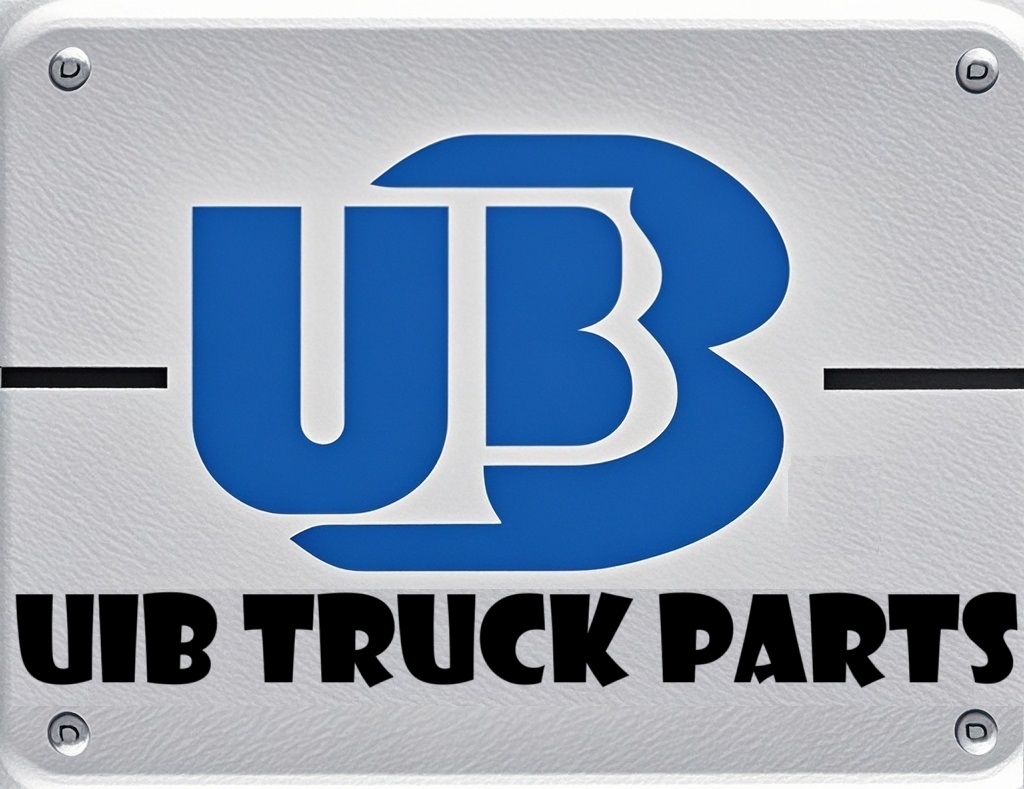About Us
Truck Starter: Core of the Starting System
Views : 8
Update time : 2025-07-11 10:09:33
The starter is the core of the truck's starting system. It is responsible for converting the electrical energy of the battery into mechanical energy, driving the engine flywheel to rotate to start the engine. Its performance directly affects the normal operation of the truck.
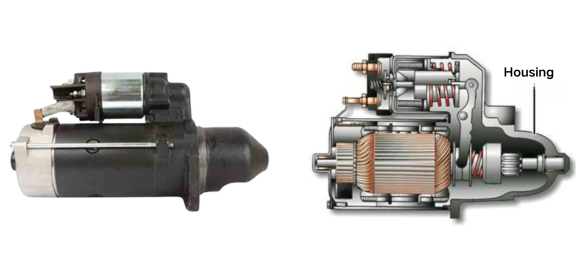
I. Working Principle
Based on the operation mechanism of a DC motor, when current passes through the armature winding, electromagnetic force is generated to form torque, making the armature rotate. During operation, the DC motor rotates under the power supply of the battery, and drives the engine flywheel and crankshaft to rotate through the transmission mechanism; after the engine starts, the control device cuts off the circuit, and the starter stops working.
II. Structural Composition
- DC Motor: Mostly DC series-excited type, with coils wound with thick copper wires, which efficiently converts electrical energy into mechanical energy and provides starting power.
- Transmission Mechanism: It includes a transmission sleeve, a one-way clutch and a drive gear, responsible for transmitting power. The one-way clutch can prevent the reverse power of the engine from damaging the starter.
- Electromagnetic Switch: Composed of a switch cover assembly and a switch body, it controls the on-off of the starter circuit to ensure its timely start and stop.
III. Classification Methods
- By DC motor type: Divided into ordinary starters (traditional excitation) and permanent magnet starters (permanent magnet material magnetic poles, simple structure and high efficiency).
- By control device: There are direct-acting type (controlled by mechanical lever, laborious to operate) and electromagnetic control starters (controlled by electromagnetic force, easy to operate, widely used).
- By the meshing way of the transmission mechanism: Including inertial engagement type (gradually eliminated), forced engagement type (widely used), armature moving type, moving gear type and deceleration type (commonly used in large trucks), etc.
IV. Common Faults and Solutions
- Not working: It may be due to battery depletion, wiring problems, electromagnetic switch or motor failure, or circuit open. It is necessary to check and charge/replace the battery, clean and fasten the wiring, repair or replace faulty components, and repair the circuit.
- Idling: Mostly caused by one-way clutch slipping, gear wear or improper installation. The clutch or worn parts should be replaced, and reinstallation and adjustment should be done.
- Weak operation: Related to battery power, excessive internal resistance of the starter and large engine resistance. It is necessary to charge/replace the battery, overhaul the inside of the starter, and deal with the problem of engine resistance.
- Abnormal noise: May be caused by poor gear meshing, bearing wear, armature shaft bending or clutch damage. It is necessary to adjust the installation, replace the bearing or shaft, and repair the gear, etc.
In conclusion, understanding the principle, structure, classification and fault handling of the starter is crucial to ensuring the reliable operation of the truck. Regular inspection and maintenance are required in daily use.
相关新闻
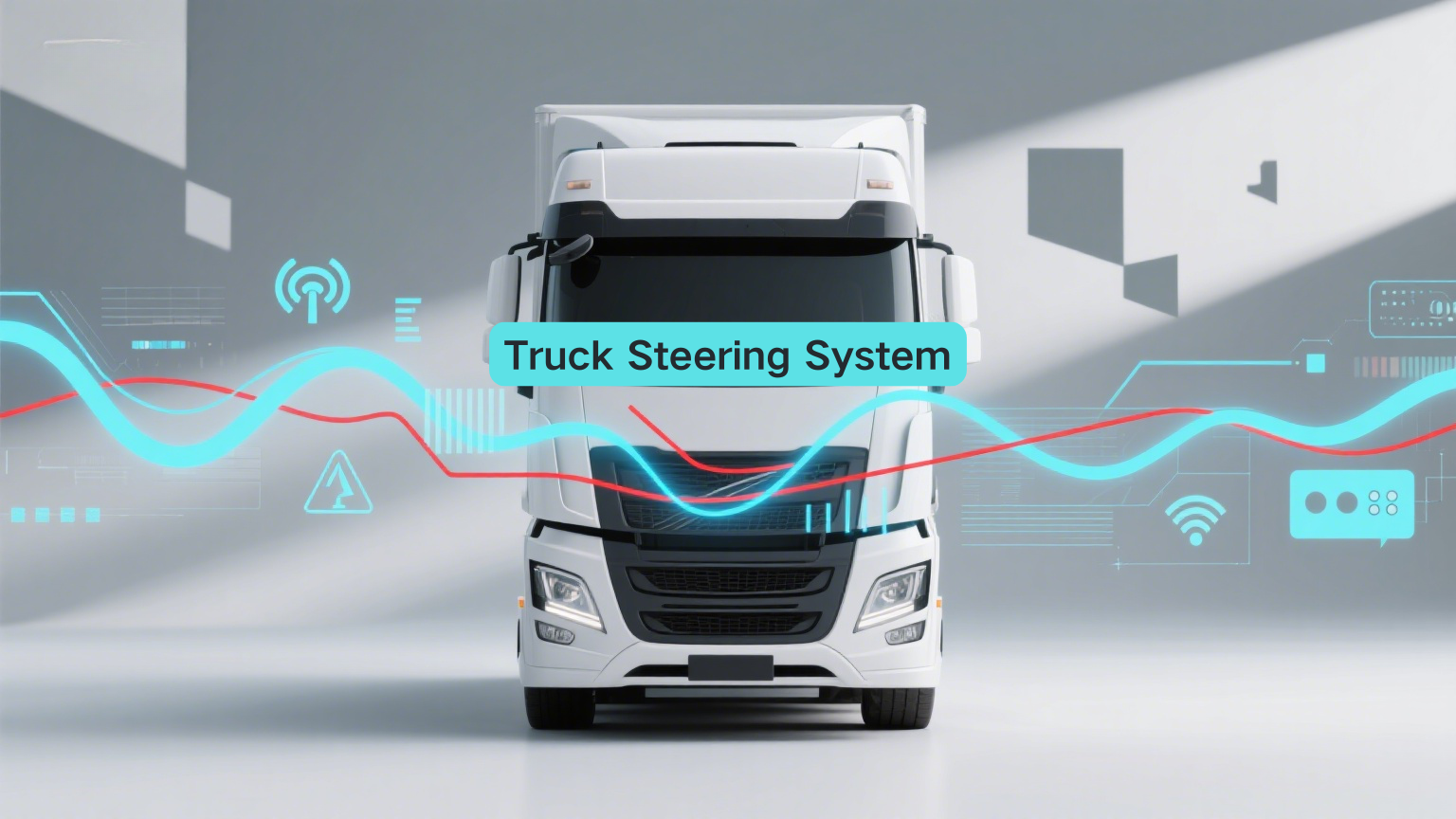 Truck Steering System: Core Guarantee for Control
Truck Steering System: Core Guarantee for Control
Jul 11,2025
This article introduces the truck steering system, which is the core of precise control. It consists of a steering control mechanism, a steering gear, and a steering transmission mechanism, and also includes a power assist system, with types such as mechanical hydraulic, electro-hydraulic, and electric power steering. It also mentions special technologies like rear-wheel steering and intelligent auxiliary steering, as well as maintenance points such as checking steering fluid and component connections, and looks forward to its future trends of electrification and intelligence.
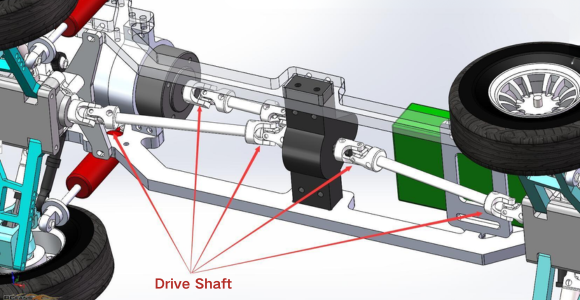 Truck Drive Shaft: The Key Link for Power Transmission
Truck Drive Shaft: The Key Link for Power Transmission
Jul 11,2025
This article briefly introduces the truck drive shaft, which is the core link for power transmission. It is composed of a shaft tube, a telescopic sleeve and a universal joint. It expounds its working principle of transmitting engine power to the drive axle through the gearbox, analyzes common faults such as looseness, bolt falling off and vehicle shaking as well as their causes, and also puts forward maintenance points such as regular lubrication, component inspection and reasonable driving, emphasizing that attention should be paid to its maintenance to ensure the operation of the truck.
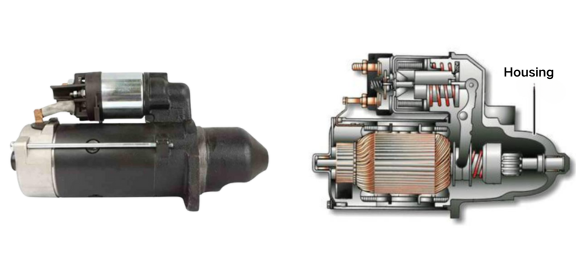 Truck Starter: Core of the Starting System
Truck Starter: Core of the Starting System
Jul 11,2025
This article focuses on truck starters, introducing them as the core component of the starting system, which can convert the electrical energy of the storage battery into mechanical energy to drive the engine to start. It expounds on its working principle based on DC motors, its structure composed of DC motors, transmission mechanisms and electromagnetic switches, its classification according to the form of DC motors, control devices and the meshing mode of transmission mechanisms, and also lists common faults such as starters not working and idling as well as their solutions. It emphasizes the importance of understanding these for ensuring the operation of trucks.
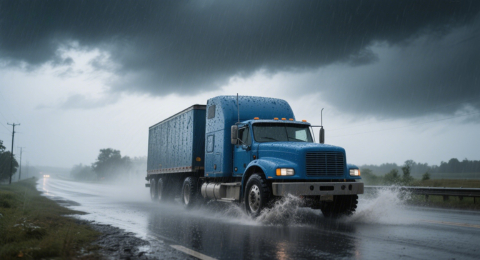 Guide to Safe Driving of Trucks in Rainy Weather: Wiper Usage and Comprehensive Precautions
Guide to Safe Driving of Trucks in Rainy Weather: Wiper Usage and Comprehensive Precautions
Jul 10,2025
This article focuses on the safe driving of trucks in rainy weather, pointing out that driving in rainy weather is highly risky. It is necessary to control the speed, maintain a safe distance from the vehicle ahead, and check the braking system and tires, etc. It emphasizes the correct use of wipers: check their condition before driving, adjust the speed according to the rainfall, clean them regularly and add appropriate wiper fluid to ensure clear visibility and reduce the risk of accidents.
